It seems that for every opinion you seek on breast augmentation, either the surgeon or the person giving you advice has very firm opinions about whether the implants should go under or over the muscle. It is certainly one of the questions with which most of my patients come to the consultation with a preconceived answer. The answer is: it depends.
It depends on how large you want to be, how much natural tissue you have to start with, and upon your lifestyle. When breast augmentation was in its early stages, the implants were placed above the muscles. In fact, no one really thought much about it. But we saw a lot of hardening of the breast (capsular contracture) as the implant companies began to compete with each other for the softest possible implant. This competition resulted in thinner implant shells, and more liquidity to the silicone gel that they contained. The consequence was gel “bleed” where microdroplets of silicone gel would slowly “bleed” through the shell. This seemed to increase the stimulation of the myofibroblast cells contained in the scar tissue around the implants, thereby setting off the sequence of capsular contracture. It is the tightening of the scar tissue that causes the implant to feel hard (simple physics – if you decrease the surface area but maintain the volume, the pressure within goes up).
The theory of placing the implants behind the pectoral muscle developed in response to this increased contracture rate, as it was believed that the muscular action of moving the implant around would keep the pocket large and prevent it from tightening over the implant. This definitely decreased the contracture rates, and for years, Plastic Surgery residents were taught that the submuscular approach was the best way to avoid contracture.
When the moratorium on the use of gel-filled implants came about, we Plastic Surgeons had no choice but to use saline-filled implants. Of course, we approached them with the same technique with which we were familiar – placing them under the muscle. But saline-filled implants don’t “bleed” silicone, and so that stimulus (which is unfortunately not the only one) no longer applied. Surgeons started placing the implants above the muscle and found that, indeed, the contracture rate seemed to be similar. Also, we know that the addition of medications that interfere with the myofibroblast cells has drastically reduced the contracture rates: They have not been eliminated, but have been reduced to the point that it is safe to use the implants in front of as well as behind the muscles.
You are probably now asking, “what about wrinkling?” Well, wrinkling can be seen in implants that are behind the muscle as well as in those in front of the muscle. The primary cause of wrinkling is under-filling of the implants. And that applies not only to saline-filled, but gel-filled implants as well. The fact is, most gel-filled implants are designed to be under-filled, based on old technology that felt that the under-filled implants were softer. If you doubt me, just look at a sample of a gel-filled implant from the factory. You will see the wrinkling. To a certain extent, the pressure from the muscle will iron this out. With an adequately filled (sometimes referred to as overfilled) implant, and one that is made without a seam around the perimeter, wrinkling is minimal. So what you need to have is a good coverage to disguise the transition from the upper chest wall to the augmented breast. With enough tissue to cover, you are a candidate for a pre-pectoral (in front of the muscle) augmentation – as long as you don’t want to go too large.
Going too large is the major cause of problems in breast augmentation. When the tissues are too tight, there is pressure on the implant, on the breast tissue, and on the chest wall. This leads to problems with maintaining a generous pocket, so that the implant (and the breast) feels soft and natural. This pressure is one cause of implant displacement as well. But if you want to go large enough to be happy, but too large to disguise the edges of the implants, then under the muscle is a better choice for you. Your surgeon should be able to counsel you on this, and feel comfortable in all types of implant placements as well as incisional approaches.
So remember – there is no ONE operation for everyone, but the surgeon should know which operations work best in her or his hands for your situation. And while there is a lot of information out there on the Net, take it with several grains of salt. A well trained, Board Certified Plastic Surgeon should be able to give you the best advice for your particular situation.

